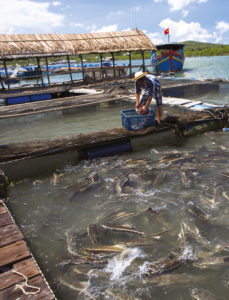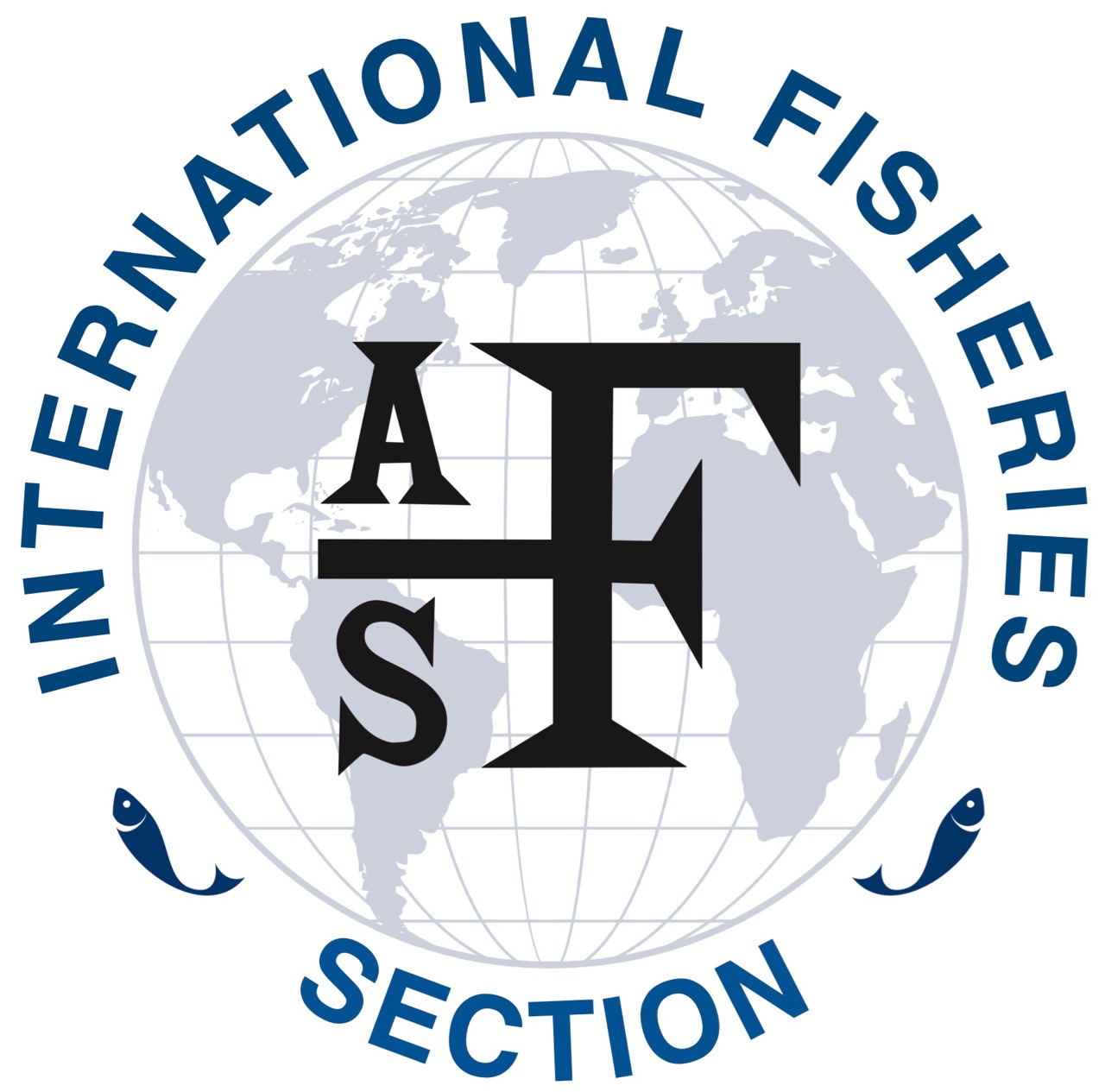Country Profiles
 Fisheries magazine will begin to publish a series of articles that feature the status of fish and fisheries in various countries around the globe. The author teams recruited thus far have been asked to consider all realms (marine and inland), sectors (commercial, small‐scale, recreational, subsistence, and aquaculture), and aspects (science, management, governance, and policy). The teams have also been challenged to help readers understand the role that fish and fisheries play in their country with specific connections to provisioning and cultural ecosystem services. These are not intended to be exhaustive tomes but rather high‐level vignettes. It is our hope that this “Country Profile” series will serve as a means of building understanding (both of the differences and similarities) of the diverse challenges facing fish and fisheries across the globe, fostering opportunities for learning potentially exportable lessons about management techniques in different regions, and helping to understand how fish connect to different peoples and cultures. We see this as yet another step to help fisheries professionals think, collaborate (see Song et al. 2017), and act across international boundaries and a necessary step to foster science‐based management in all aquatic systems (Pauly et al. 2003; Cooke et al. 2016) and global initiatives, such as the SDGs. We challenge you, as readers, to read each Country Profile, relate the contents back to your personal experiences, and reach out to the authors (or others) to discuss. These cross‐pollination activities across borders will no doubt be professionally rewarding and will surely help improve our ability to conserve and sustainably use our global fisheries resources (Hughes et al. 2016)… read more in the full Fisheries article.
Fisheries magazine will begin to publish a series of articles that feature the status of fish and fisheries in various countries around the globe. The author teams recruited thus far have been asked to consider all realms (marine and inland), sectors (commercial, small‐scale, recreational, subsistence, and aquaculture), and aspects (science, management, governance, and policy). The teams have also been challenged to help readers understand the role that fish and fisheries play in their country with specific connections to provisioning and cultural ecosystem services. These are not intended to be exhaustive tomes but rather high‐level vignettes. It is our hope that this “Country Profile” series will serve as a means of building understanding (both of the differences and similarities) of the diverse challenges facing fish and fisheries across the globe, fostering opportunities for learning potentially exportable lessons about management techniques in different regions, and helping to understand how fish connect to different peoples and cultures. We see this as yet another step to help fisheries professionals think, collaborate (see Song et al. 2017), and act across international boundaries and a necessary step to foster science‐based management in all aquatic systems (Pauly et al. 2003; Cooke et al. 2016) and global initiatives, such as the SDGs. We challenge you, as readers, to read each Country Profile, relate the contents back to your personal experiences, and reach out to the authors (or others) to discuss. These cross‐pollination activities across borders will no doubt be professionally rewarding and will surely help improve our ability to conserve and sustainably use our global fisheries resources (Hughes et al. 2016)… read more in the full Fisheries article.- Canada
- Chile (In Progress)
- Czechia
- Denmark
- India (In Progress)
- Puerto Rico
Having the longest coastlines in the world and some of the largest freshwater ecosystems, Canada has a rich history of exploitation and stewardship of its marine and freshwater fisheries resources. For thousands of years prior to European settlement, Indigenous peoples across what is now Canada utilized and managed marine and freshwater fisheries that underpinned food systems, cultural practices, and pre‐colonization economies (Berkes 1990). The earliest exploitation of Canadian fisheries by Europeans was by the Spanish and Portuguese fishing for Atlantic Cod Gadus morhua in the 15th century (Hutchings and Myers 1995). The importance of fisheries in Canada is highlighted by the enactment of the Fisheries Act, one of Canada’s first acts of legislation passed in 1868, one year after Confederation (Fisheries Act 1985)…To celebrate the American Fisheries Society 150th anniversary, we present a brief history of Canadian fisheries, from Indigenous to recreational to commercial. We take you across the country, starting in the Atlantic Ocean, inland through Canada, exploring the Great Lakes and other lakes, north to the Arctic Ocean, and, finally, dive into the Pacific Ocean. We also highlight specific case studies that exemplify the challenges of managing such diverse fisheries resources and briefly celebrate some of the prominent Canadian fisheries scientists who have helped to build capacity of science‐based fisheries management in Canada.
The Czech Republic has a long tradition of pond production and recreational fisheries. Today, the Czech fisheries sector has two main pillars: (1) production of Common Carp Cyprinus carpio in semi-extensive pond culture and (2) rod-based recreational angling by approximately 350,000 people (3% of the Czech population). The production of carp supplies fish protein mainly for the local population, but the Czech Republic is also Europe’s most important exporter of carp meat. A mandatory national license and reporting system in recreational fisheries has been effective since the 1950s. Anglers purchase a fishing license, and the proceeds are used mainly to stock fish and maintain ecosystems for native fish species. Recreational angling and fish stocking are focused on nonnative species: Common Carp and Rainbow Trout Oncorhynchus mykiss. Here, I present a short review of pond culture, aquaculture, commercial fisheries, and recreational fisheries, with examples of history, status, management, and regulations.
Danish Fisheries and Aquaculture: Past, Present, and Future
Denmark has long fisheries and aquaculture traditions. Today, the marine commercial fishery has three major fleet categories with respect to the type of target species: (1) fisheries for industrial fish species, (2) fisheries for pelagic fish species that are intended for human consumption, and (3) fisheries for demersal fish and shellfish species that are intended for human consumption. Recreational fisheries are widespread and dominated by angling but also include net gear fishing and spearfishing. A mandatory national license system for recreational fishers has been in place since 1987. This system finances research as well as management initiatives, such as stocking and habitat restoration, the latter especially in relation to streams. Written evidence of aquaculture in Denmark dates back to 1241. Presently, production is dominated by land‐based facilities producing Rainbow Trout (Oncorhynchus mykiss). Here we present a short review of the history of these three fishery sectors, including examples of their cultural importance as well as their current state and future perspectives
Anthropogenic effects including river regulation, watershed development, contamination, and fish introductions have substantially affected the majority of freshwater habitats in Europe and North America. This pattern of resource development and degradation is widespread in the tropics, and often little is known about the resources before they are lost. This article describes the freshwater resources of Puerto Rico and identifies factors that threaten conservation of native fishes. The fishes found in freshwater habitats of Puerto Rico represent a moderately diverse assemblage composed of 14 orders, 29 families, and 82 species. There are fewer than 10 species of native peripherally‐freshwater fish that require a link to marine systems. Introductions of nonindigenous species have greatly expanded fish diversity in freshwater systems, and native estuarine and marine species (18 families) also commonly enter lowland rivers and brackish lagoons. Environmental alterations, including land use and development, stream channelization, pollution, and the impoundment of rivers, combined with nonnative species introductions threaten the health and sustainability of aquatic resources in Puerto Rico. Six principal areas for attention that are important influences on the current and future status of the freshwater fish resources of Puerto Rico are identified and discussed.

